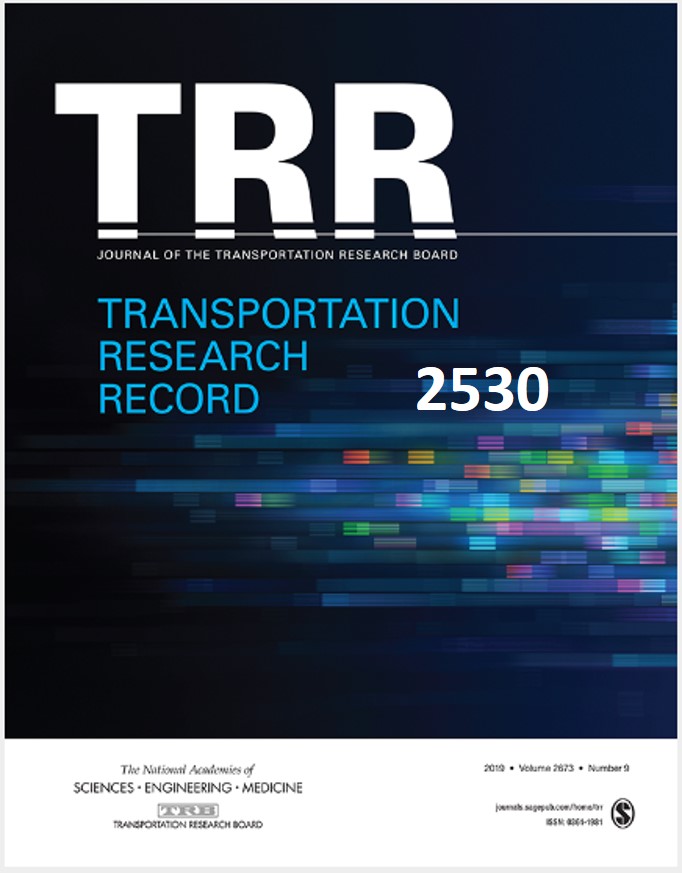Transportation Research Record 2530January 2015
Converting fixed driving costs to variable per mile charges—and offering cash savings in lieu of parking for bundled or otherwise free parking— encourages voluntary curtailment of driving and related decreases in greenhouse gas (GHG) emissions, air pollution, congestion, and crashes. This research explores a potential regulatory approach to help achieve goals for the reduction of GHGs by setting transportation efficiency targets that are based on simultaneously deploying (a) pay-as-you-drive-and-you-save car insurance, (b) parking cash-out, and (c) conversion of state and local sales taxes on newly purchased vehicles to mileage taxes designed to raise equivalent revenue. Through a best-estimate price elasticity of −0.30 (and the testing of others), a year 2030 comparison is made between projected state-level and national reductions in GHG emissions of the proposed transportation policy bundle and projected reductions from the U.S. Environmental Protection Agency (EPA) final rule for existing electric utility sources. The transportation policies would yield nationwide reductions in GHG emissions of 257 million metric tons (MMT) of carbon dioxide equivalent (CO2e) or 68.6% of those of the final electric utility rule (above those of that final rule, called the most significant U.S. government action ever for reducing GHG emissions) and would generate reductions greater than those calculated for the electric utility rule in 24 states plus the District of Columbia.
Greenberg, A. and J. Evans, Pay-to-Save Transportation Pricing Strategies and Comparative Greenhouse Gas Reductions: Responding to Final Federal Rule for Existing Electric Utility Generating Units, Transportation Research Record 2530, TRB, National Research Council, Washington, D.C., 2015, pp. 114-123


